One of the major challenges for people in business is to define and understand what they are selling and what…
Month: February 2016
My critics have often said my Swarf (British for scrap) was rubbish. I doubt that, but your swarf, those chips…
In August of 2008, I was in a state of catastrophic heart failure when I reached St. Francis Hospital in…
I am writing this blog from home on Tuesday. My brain surgery to remove a benign tumor on my pituitary…
Every day I talk to myself. Some days it’s a happy soliloquy of self congratulations for a task accomplished or…
